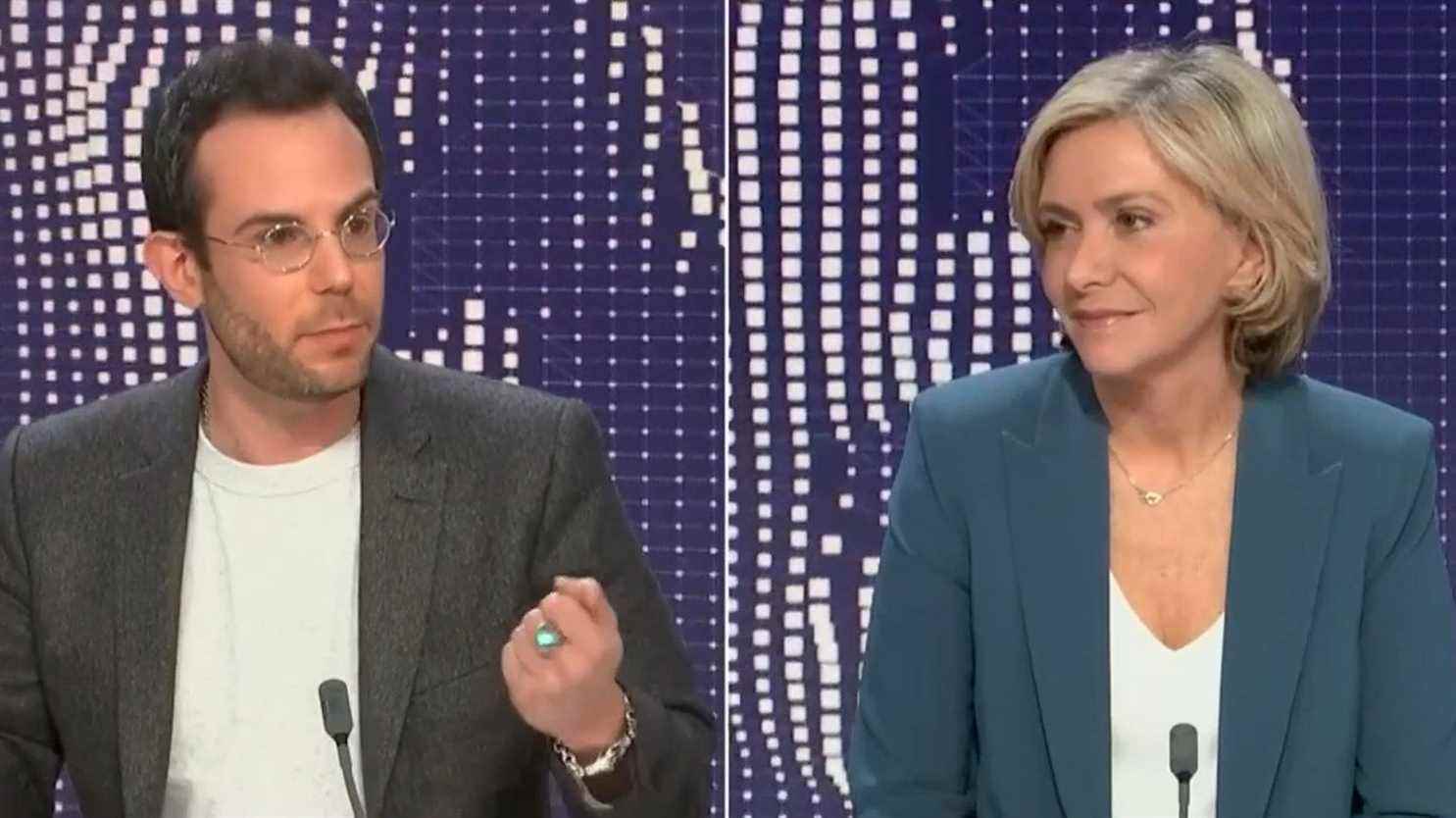I spent the weekend listening to your speeches again in order to discover your rhetorical signature. I will come to it, but before that I could not help but notice that there was a person whom, obviously, you like very much to quote.
You tend to refer to yourself in the third person. Of course, you will tell me that it is rather anecdotal, that it is above all necessary to see in it a choice of style, an ornamentation of the speech. It is true… But is it really only that? We will come back to that. In the meantime, make way for what particularly distinguishes you as a speaker, your rhetorical signature. It is based on two processes that you mobilize abundantly. First of all, you really like putting words together that look alike.
When you are looking for a shocking and memorable formula, you tend to stick together words that have a vowel or a syllable in common. This is what we call an assonance and, indeed, it is a figure which makes it possible to confer luster and vigor to the declarations.
Of course, there is a price to pay: if used too frequently, this process is likely to be spotted. Or, to put it your way: when rhetoric shows its strings, it becomes artificial. This is also true, too, for the other figure that characterizes you: the metaphor.
Valérie Pécresse, you obviously like to play with metaphors, especially when they allow you to attack your opponents. And it is quite clever, by the way! When shot the right way, metaphors help to tone down the aggressive tone of an accusation, while not removing substance from them.
The problem, there again, is that it is a not very discreet figure, it is easily spotted, particularly when the same image comes up often, like your “zigzag president”. I also notice that you borrowed it from François Hollande who used it ten years ago against the outgoing president, Nicolas Sarkozy.
So what happens when you combine these two signature processes? Well that makes for the most memorable pages of your speeches.
These formulas, Valérie Pécresse, have received a lot of commentary. Some even made fun of it a little… But, by analyzing them, we understand why: they are metaphors shaped by assonances. Two conspicuous figures encased in one another. It is in a way a flagrante delicto of a prepared formula, which does not go without posing a risk: that of appearing inauthentic.
And that brings us back to what I started with earlier. Between these blatant figures, and your tendency to talk about yourself in the third person, one comes to wonder if the Valérie Pécresse that you present to us corresponds to who you really are. In this campaign, don’t you sometimes feel like you’re playing the role of a presidential candidate?
Valérie Pécresse’s response and her entire rhetorical portrait:
